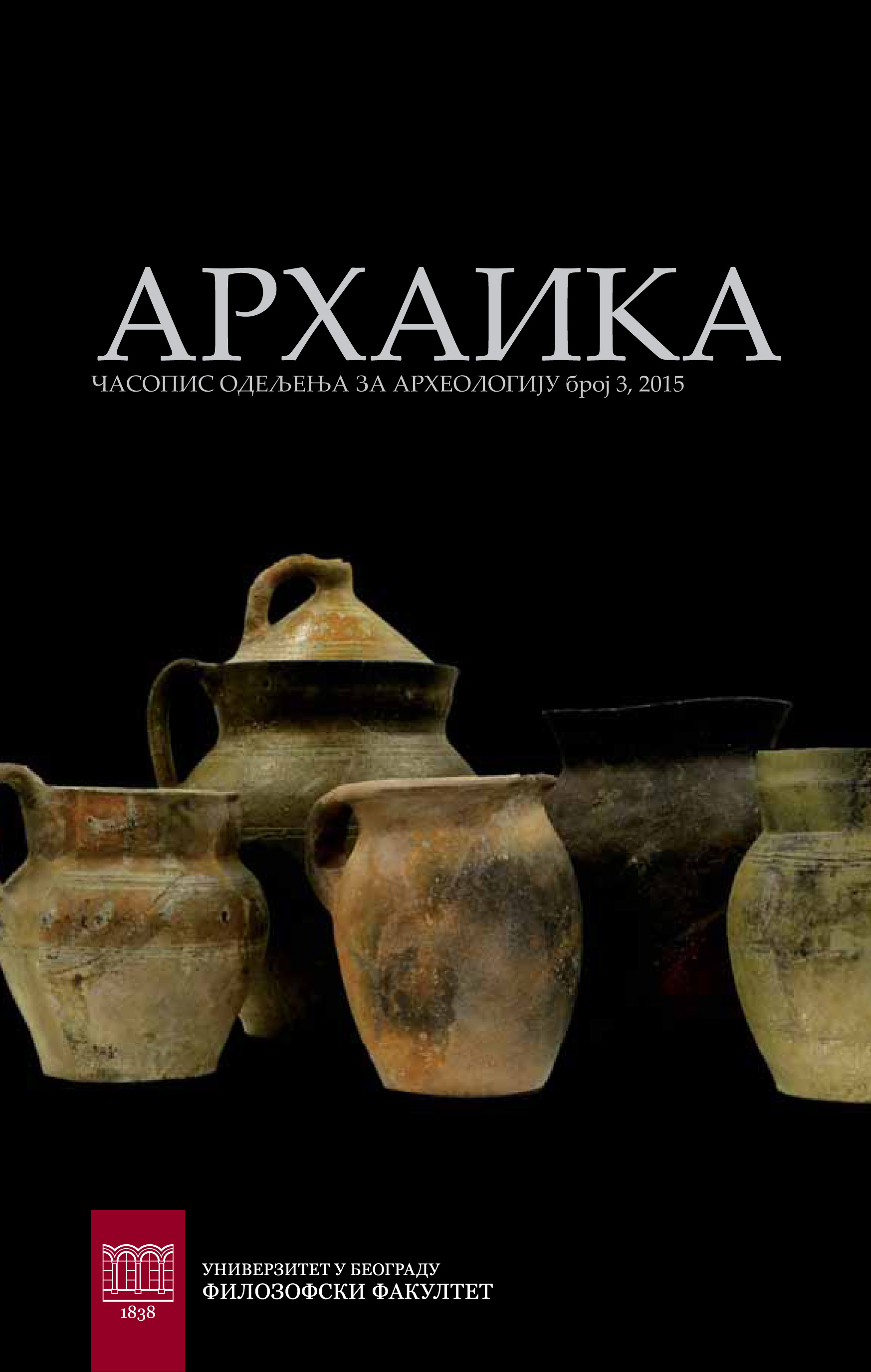ЗАБОРАВЉЕНА НАУЧНИЦА И ДОБРОТВОРКА ХЕРИЈЕТ БОЈД ХОЗ
FORGOTTEN RESEARCHER AND PHILANTHROPIST HARRIET BOYD HAWES
Author(s): Aleksandar PalavestraSubject(s): Archaeology, Modern Age, Recent History (1900 till today)
Published by: Филозофски факултет, Универзитет у Београду
Keywords: Harriet Boyd Hawes; Crete; Gournia; Minoan culture;World War 1; Serbian refugees;Corfu; Vido
Summary/Abstract: The aim of the paper is to elucidate the archaeological, but as well social,philanthropic and even historic works of the American archaeologist Harriet Boyd Hawes (1871–1945). Born in Boston, she was educated at the famous Smith College in Massachusetts, where she engaged in the struggle for workers’ rights. Having graduated from the College, she set off to Athens, to study in the British Archaeological School. During the Greek-Turkish War 1897 she volunteered as a Red Cross nurse.In 1900 Boyd Hawes decided to start independent excavations at Crete, choosing the site Gournia in the vicinity of the Gulf of Mirabello. The excavations proved to be a great success. Compared to the palaces at Knossos and Phaistos, Gournia was areal Bronze Age town, with houses, streets, squares, a small palace and a necropolis.In December 1915, while the World War I was in full swing, she collected a huge amount of humanitarian aid in America, and headed to Albania across France and Italy, to help the Serbian army and people. In Brindisi she organized relief for civilian refugees, and then left to Corfu. On the island of Vido, Boyd Hawes first worked as a nurse, then organized with her own funds the kitchen for the sick. After the War, she became the professor of history of ancient art at the famous all-girl college Wellesley near Boston. In archaeology, Harriet Boyd Hawes was all but forgotten until the last two decades. In Serbia, she is still largely unknown.
Journal: Архаика
- Issue Year: 2015
- Issue No: 3
- Page Range: 191-204
- Page Count: 14
- Language: English, Serbian

